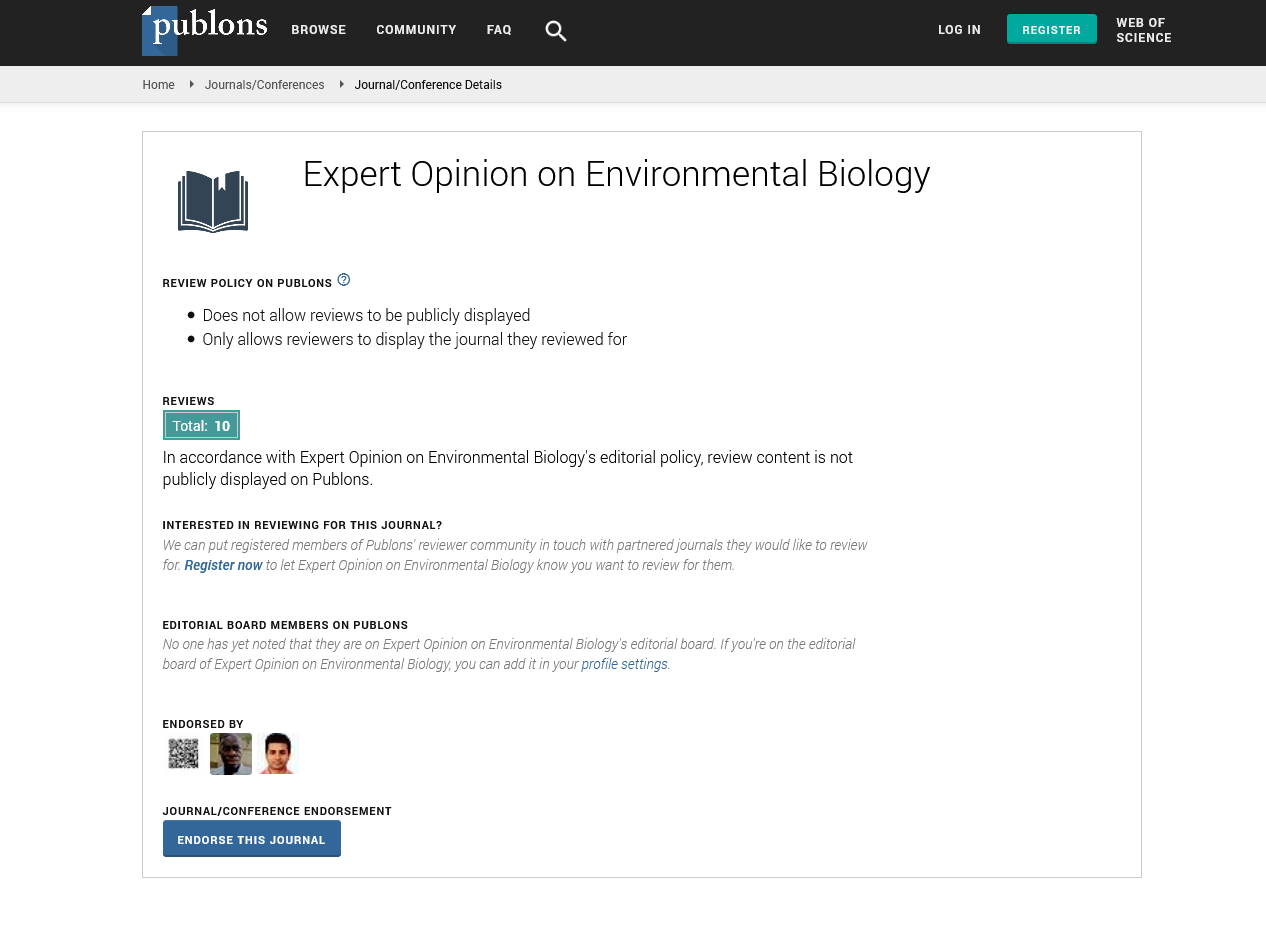Carbon capture and utilization by mineral carbonation with cement kiln dust in aqueous phase: process simulation and sensitivity analysis
Jenniffer Pedraza, N Rojas1, J Tobon and J Ramirez
Universidad Nacional de Colombia, Colombia
Technische Universitat Berlin, Germany
: Expert Opin Environ Biol
Abstract
The cement industry is a significant industrial source of carbon dioxide (CO2), contributing to 9% of global emissions in 2010. The most common alternative for this industry to reduce their greenhouse emissions is through energy efficiency measures, reducing the clinker factor, and using alternative fuels. These measures are limited to mitigating emissions from combustion of fuels, which represents only 40% of total emissions. Limestone calcination is an important source of CO2 emissions, inherent to chemical reactions of the raw material. Appropriate technologies to reduce these emissions are also needed. Carbon dioxide capture and reuse techniques can be a suitable option for the cement sector to reduce CO2 emissions. At the same time, it is possible to use industrial waste from cement manufacturing such as cement kiln dust (CKD). CKD has been used as an alternative material because its production rate represents a considerable fraction of the total clinker production rate. Because of its alkaline properties, CKD can be used to convert CO2 into a usable material by the cement industry. In this work, a hierarchical approach has been implemented to select the best configuration between pre-treatment/ post-treatment materials and CO2 conversion, and to estimate the total energy requirements for each process unit. The initially suggested system for mineral carbonation (MC) includes CKD pre-treatment, CO2 compression, a CO2 capture reactor, and post-treatment of the carbonated materials. In addition, a sensitivity analysis was performed to choose the best combination of operation variables for the capture process by mineral carbonation, according to simulation results. The energetic analysis corresponds to the energy demand of the capture process, from CKD to usable carbonates, considering mass and energy consumption
Biography
Jenniffer Pedraza is a Chemical Engineering (Universidad Nacional de Colombia, 2009) and has a Master degree in Environmental Engineering (Universidad Nacional de Colombia, 2014). She is currently PhD student and Researcher at Universidad Nacional de Colombia. Her research is focused on technical economic and environmental management for carbon capture and utilization technologies mainly mineral carbonation. Their current project is 'Carbon capture and sequestration to obtain usable materials'.
E-mail: jipedrazav@unal,edu.co
 Spanish
Spanish  Chinese
Chinese  Russian
Russian  German
German  French
French  Japanese
Japanese  Portuguese
Portuguese  Hindi
Hindi 
